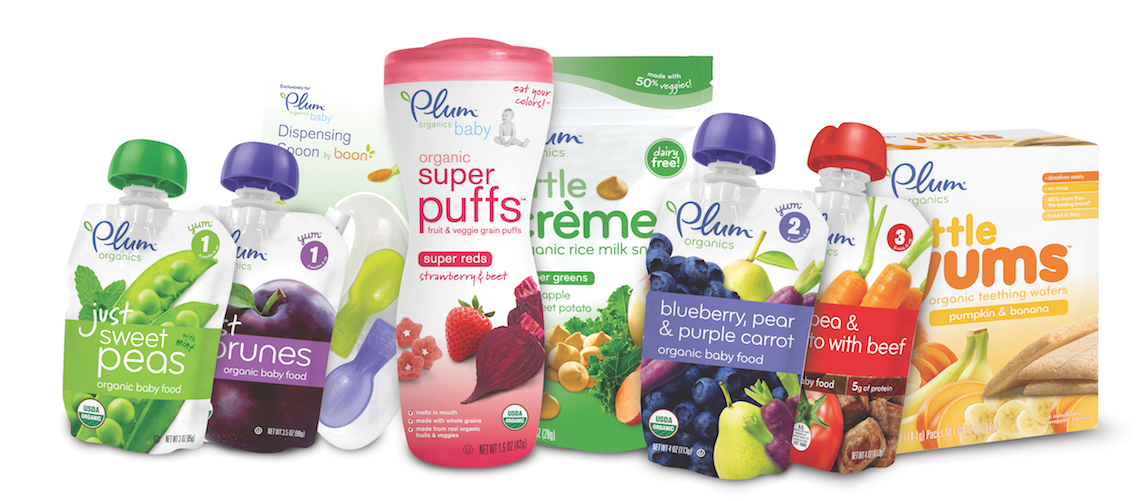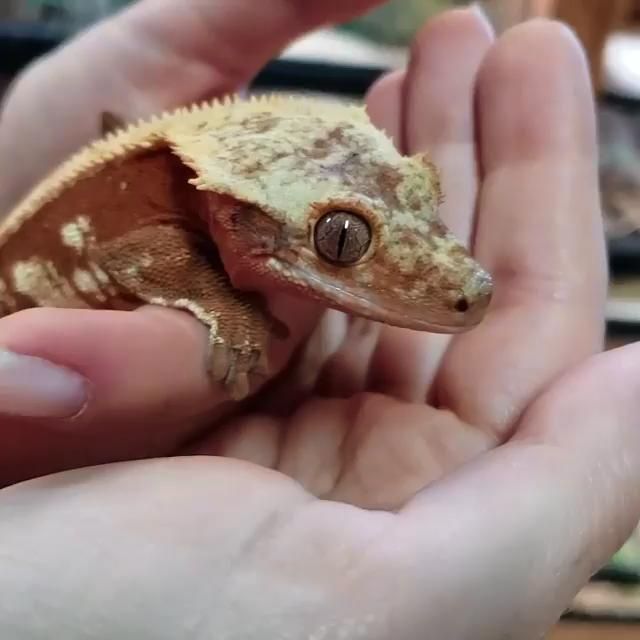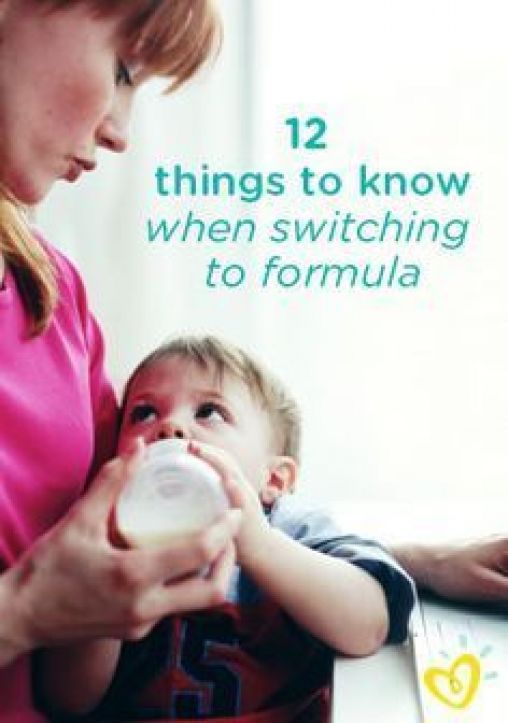Baby finger food list
Best Finger Foods for Babies: The Ultimate Guide
How exciting that your baby is about to graduate from mushy foods to finger foods! This is a big step in your little one’s development. However, you may be wondering when’s the right time to start finger foods, and how to tell that your baby is ready. We’ll answer all these questions and more, plus give you a list of the best finger foods to introduce to your baby first.
Introducing Finger Foods to Your Baby
So, when can babies eat finger foods? You can start to give your baby finger foods around the time they’re able to sit up independently and can bring their hands to their mouth. This may happen between the ages of 8 months old and 9 months old, but your baby may be ready a little sooner or later than this time.
Around this time, you may also notice that your baby is developing their pincer grasp and may be making chewing motions. These are both great indications that your baby’s ready for finger foods. Moreover, using their fingers to pick up foods will further develop your baby’s fine motor skills.
Some parents who adopt the baby-led weaning approach may start offering finger foods to their infants as early as 6 months old. This method skips spoon-feeding with solid foods and instead lets your baby take the lead in self-feeding with finger foods. Some believe this approach can decrease fussiness when it comes to introducing new foods, including finger foods, to your baby. Speak to your child’s healthcare provider if this method is something you’d like to try.
Giving your baby finger foods can help your little one learn to feed themself, just one step toward gaining independence. Self-feeding can be great fun for your baby. Even if much of the food doesn’t end up in your baby’s mouth, the fact that they’re exploring this new frontier is an accomplishment to be proud of.
First Finger Foods for Your Baby
As you begin choosing finger foods for your baby, check out the following ideas:
Steamed veggies like sweet potatoes, potatoes, carrots, green beans, peas
Soft, ripe fruits like bananas, berries, peaches (peeled), mangoes (peeled)
Whole-grain breakfast cereals (without nuts, clusters, or chunks)
Whole-grain pasta (cooked well)
Whole-wheat bread
Whole-grain crackers or wafers like teething biscuits
Soft meats like chicken
Cheese (mild)
Scrambled eggs.

Be sure that any of the above finger foods are cut into small pieces. You don’t want your baby eating a piece that’s too big to swallow. And, make sure to watch them while eating.
Finger Food Safety
During this time babies are more likely to swallow foods without chewing them, whether they have a few baby teeth coming in or they have no teeth. Avoid giving any finger foods that require a grinding action to chew (this type of chewing is typically mastered around the age of 4), as these may pose a choking risk. Offer finger foods that are soft, easy to swallow, and broken or cut into pieces that your baby cannot choke on. A good rule of thumb is that soft and mushy finger foods are safe for your baby. Small, round, coin-shaped, hard, chewy, crunchy, slippery, or sticky foods may lead to choking. Here are some foods to avoid offering your baby when they start on finger foods:
Peanut butter (in chunks)
Meat (in chunks)
Cheese (in chunks)
Raw veggies (in large chunks or round shapes), including celery sticks, carrot sticks, baby carrots, cherry tomatoes, and peas
Raw hard fruit (in large chunks or round shapes), including apples, pears, and grapes
Nuts (whole)
Seeds
Popcorn
Chewing gum
Candies (hard, gooey, or sticky)
Hot dogs or meat sticks.
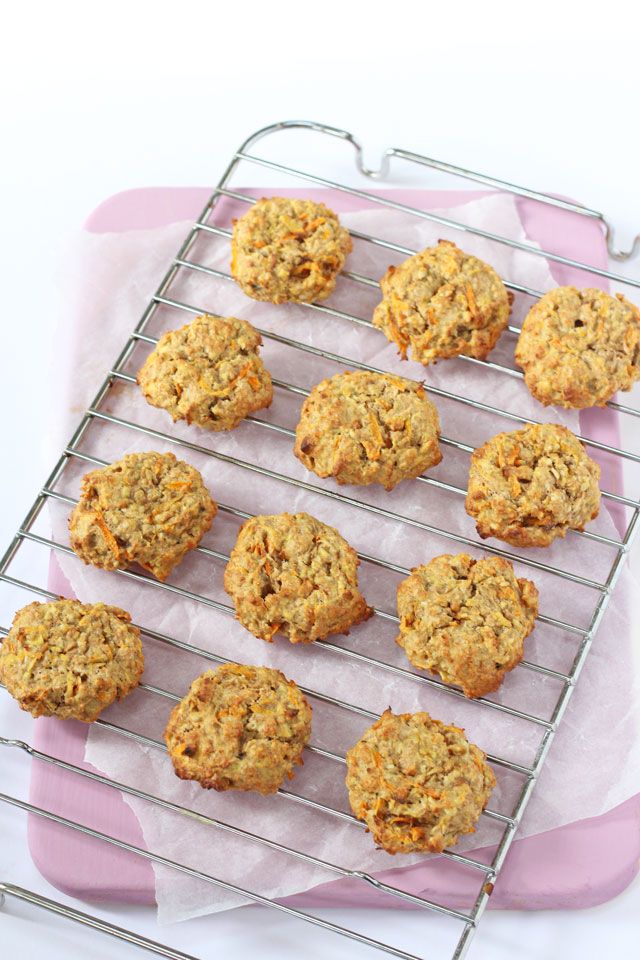
There are ways you can still give some of the above foods while making them easier to eat and less hazardous to swallow. For example:
Grapes or cherry tomatoes, cut in half
Creamy peanut butter spread thinly on whole-grain bread that’s cut into small squares
Hot dog, cut lengthwise and then cut into small 1/2-inch pieces.
Note on Food Allergies
Medical experts once recommended that parents avoid feeding their babies eggs, fish, and peanut butter since babies may be allergic to these foods. However, it’s now recommended that you introduce these foods early—while keeping a close watch for any reactions—since this approach can help reduce your child’s chances of developing food allergies. Before introducing peanut butter or peanut products, consult with your baby’s healthcare provider. Your baby is more likely to be allergic to these foods if
food allergies run in your family
your baby is known to have an egg allergy
your baby has eczema.
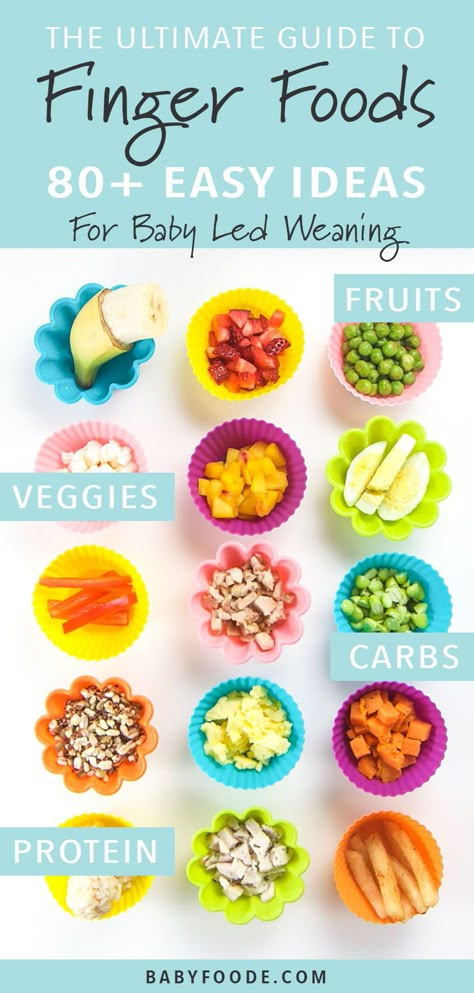
The Bottom Line
It’s time to introduce finger foods to your baby when you see that they’re able to sit up on their own, start bringing their hands to their mouth, and can use a pincer grasp to hold onto small items, like finger foods. This development happens around the age of 8 or 9 months old, but you may see it sooner or later in your baby.
In the beginning, you’ll want to introduce finger foods that are soft and easy to swallow, since babies at this age tend to swallow instead of chew even if they have a few baby teeth. Think steamed veggies and soft fresh fruits. You can also introduce whole-grain bread, crackers, cereal, or pasta if they’re cut into small pieces. Chicken, mild cheese, and scrambled eggs are also great options when served in small pieces.
Avoid hard foods like raw veggies and fruits, as well as chunks of nut butter, cheese, and meat. Whole nuts and seeds are not recommended, nor are chewing gum, candies, hot dogs, or meat sticks. All these items can pose a choking hazard.
All these items can pose a choking hazard.
Transitioning to finger foods is a big step in your baby’s development and independence. Letting your baby self-feed with finger foods may be a bit messy at first, but you’ll both get the hang of it. Learn more about developmental milestones for your 9-month-old baby.
Best Early Finger Foods for Baby (With Tips, Visuals, and Recipes)
Use this list of safe, nutritious, and easy to eat finger foods for baby to help you know exactly what (and how) to offer at meals and snacks. Plus, find the best first finger foods, troubleshooting tips, and visuals of foods broken down by food group to keep things easy!
Finger Foods for Baby
After baby starts solids and is ready to move onto finger foods, you may feel a little confused by exactly what to serve and how to serve it. Which is totally normal because it can be scary to let baby feed themselves this way and we may not have any experience doing this—or we may have totally forgotten from our last kiddo!
This list of finger foods for baby will cover some great first finger foods to start with, then set you up with plenty of healthy options from each food group.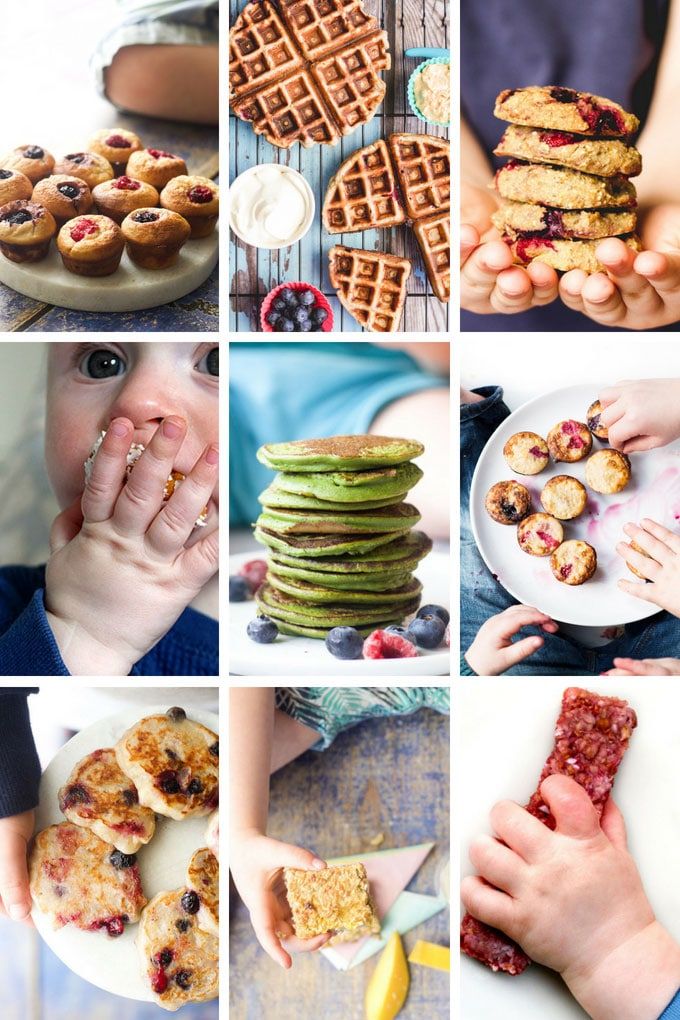
TIP: Find more info on starting solids here and the best foods to start with if doing baby led weaning or purees with baby.
Healthy Baby Food
I love sharing these ideas for baby food since they are easy to prepare and serve and because I know how hard it can be to continue to come up with flavorful and healthy meals and snacks for our little ones. Let me tell you, I’m on my third kiddo and it can be such a challenge to feed him during the chaos of parenting the rest of my crew! These foods are wholesome and nutritious—perfect for your baby.
TIP: I’m a big fan of SpoonfulONE, a company that offers the most complete way to introduce food allergens to our kids. They make mix-ins, puffs, and crackers that are yummy and easy for babies and toddlers to eat. Learn more about their pediatrician-approved baby foods here. (sponsored link)
Best First Finger Foods
When baby is around 9 months, you’ll notice that they’re able to pick up smaller pieces of food with two fingers. This is known as the “pincer grasp” and is a sign that they’re ready to start finger foods. To be clear, when I say “finger foods” I mean small pieces of food that a baby (or toddler) can feed themselves.
This is known as the “pincer grasp” and is a sign that they’re ready to start finger foods. To be clear, when I say “finger foods” I mean small pieces of food that a baby (or toddler) can feed themselves.
Here are some of my favorite ones to start with that are all super soft, safe to eat, and easy to pick up.
- Scrambled egg, broken up into small pieces
- Roasted sweet potato mashed and broken up into small pieces
- Fresh raspberries, broken up into smaller pieces
- Oatmeal, cooked according to package directions and allowed to cool
- Tofu, diced and sauteed lightly or steamed
- Ground beef, chicken, or turkey, broken up into small pieces or lightly mashed meatballs
- Shredded cheese or crumbled goat cheese
- Mashed sweet potato, in little pieces
- Peanut butter puffs
TIP: You can serve the tofu, ground meat, or meatballs in veggie puree from a pouch or a simple marinara sauce for extra moisture and flavor.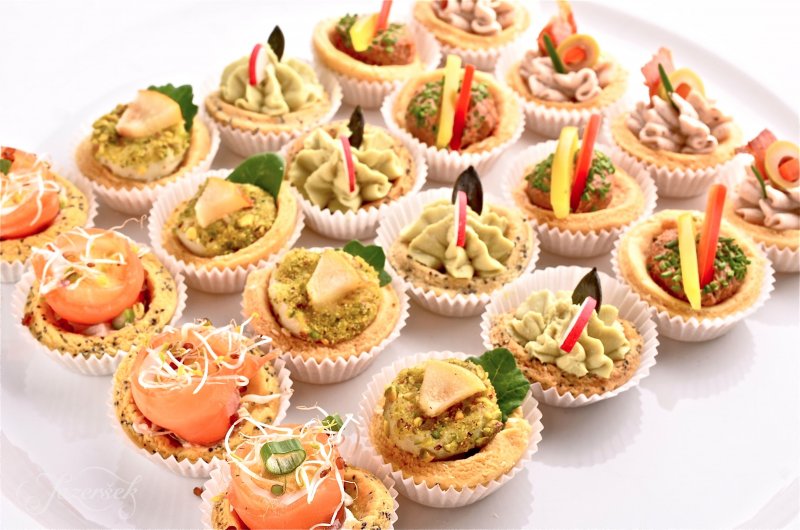 Learn more about how and why to introduce peanut butter.
Learn more about how and why to introduce peanut butter.
Finger Foods for Baby: Fruits and Veggies
Some of my favorite early fruits and veggies to serve babies are:
- Mashed roasted sweet potato, broken up into small pieces
- Warmed frozen peas, slightly mashed if desired
- Roasted Zucchini
- Diced Roasted Sweet Potato or Butternut Squash
- Fresh blueberries, cut in half or quarters
- Fresh raspberries, broken into small pieces
- Banana, broken into small segments (they are less slippery this way versus slicing them)
- Avocado, diced and mashed slightly (be sure it’s ripe and very soft)
TIP: A good rule of thumb is to serve pieces of food that are about the size of a pea to start and soft enough that they are easy to squish between your fingers. This will be easy for baby to pick up and eat and will also reduce chances of choking.
Finger Food Ideas: Carbohydrates
Offering complex carbohydrates can provide fiber, a variety of textures, B vitamins, and more.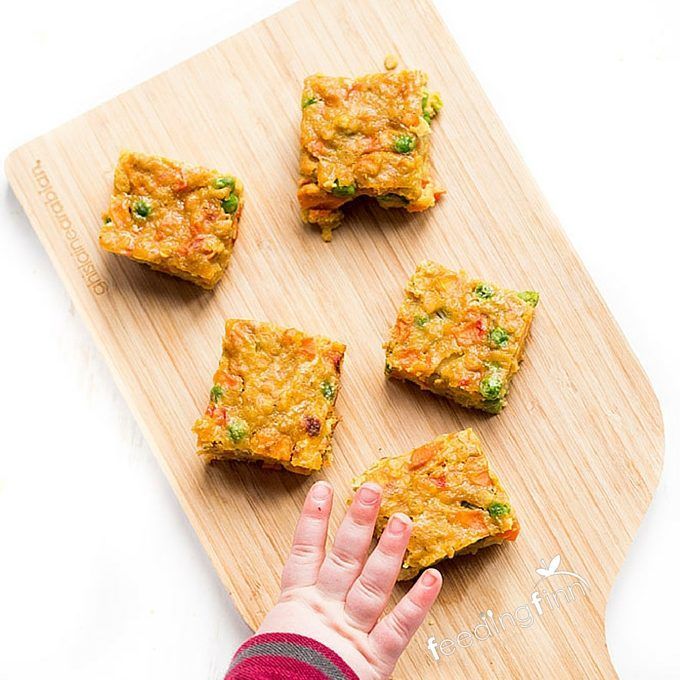 Try these with your baby.
Try these with your baby.
- Spinach pancakes (moisten with applesauce or plain yogurt if needed; this recipe is particularly moist and great for babies)
- Oatmeal, cooked according to package directions and allowed to cool
- Baby Puffs
- Peanut Butter Puffs
- Rice (it’s easiest if it’s in little clumps so baby can pick it up; this Coconut Rice or this Cheesy Rice are both good options)
- Baby Banana Muffin
- O cereal (soften in nondairy unsweetened milk or yogurt as needed)
- Baked Oatmeal, diced
Finger Food Ideas: Proteins
Offering proteins will continue to expose baby to a range of nutrients. These are my go-tos for babies newer to finger foods—and toddlers too.
- Shredded cheese (thicker cuts are a little easier to pick up)
- Tofu, diced and sauteed lightly or steamed
- Flaked cooked wild salmon
- Lightly mashed meatballs
- Shredded chicken, cut up finely (we love this Butter Chicken to share with baby)
- Ground beef, turkey, or chicken, broken into smaller pieces
- Lightly mashed beans
- Scrambled eggs, broken up into small pieces
- Diced egg muffins
I’d love to hear any questions you may have, or if you have foods that your babies enjoy that I didn’t include here.
 Chime in below in the comments!
Chime in below in the comments!Prep Time 5 minutes
Cook Time 5 minutes
Total Time 10 minutes
Author Amy Palanjian
Cuisine American
Course Baby Food
Calories 124kcal
Servings 1
First Finger Foods (choose 1-3 per meal)
- ▢ 1 Scrambled egg (broken up into small pieces)
- ▢ 1/4 cup Roasted sweet potato, mashed and broken up into small pieces
- ▢ 1/4 cup Fresh raspberries (broken up into smaller pieces)
- ▢ 1/4 cup Oatmeal (cooked according to package directions and allowed to cool)
- ▢ 2 tbsp Tofu (diced and sauteed lightly or steamed)
- ▢ 2 tbsp ground beef, chicken, or turkey, broken up into small pieces or lightly mashed meatballs
- ▢ 2 tbsp shredded cheese or crumbled goat cheese
- ▢ 1/4 cup Mashed sweet potato (broken into little pieces)
- ▢ 1/4 cup Peanut butter puffs
Fruits and Veggies
- ▢ 1/4 cup mashed roasted sweet potato (broken up into small pieces)
- ▢ 1/4 cup warmed frozen peas
- ▢ 1/4 cup Roasted Zucchini
- ▢ 1/4 cup diced Roasted Sweet Potato or Butternut Squash
- ▢ 1/4 cup blueberries (cut in half or quarters)
- ▢ 1/4 cup raspberries (broken into small pieces)
- ▢ 1/4 cup banana slices (broken into small segments—they are less slippery this way versus slicing them)
- ▢ 2 tbsp avocado (diced and mashed slightly—be sure it's ripe and very soft)
Whole Grains and Carbohydrates
- ▢ 1 Spinach pancakes (moisten with applesauce or plain yogurt if needed; this recipe is particularly moist and great for babies)
- ▢ 1/4 cup Oatmeal (cooked according to package directions and allowed to cool)
- ▢ 1/4 cup Baby Puffs
- ▢ 1/4 cup Peanut Butter Puffs
- ▢ 1/4 cup fully cooked rice (it's easiest if it's in little clumps so baby can pick it up; this Coconut Rice or this Cheesy Rice are both good options)
- ▢ 1 Baby Banana Muffin
- ▢ 1/4 cup O cereal (soften in nondairy unsweetened milk or yogurt as needed)
- ▢ 1/4 cup Baked Oatmeal (diced or regular oatmeal broken into little pieces)
Dairy
- ▢ 2 tbsp Shredded cheese (such as mozzarella)
- ▢ 2 tbsp Tofu (diced and sauteed lightly or steamed)
- ▢ 2 tbsp flaked cooked wild salmon
- ▢ 1 lightly mashed meatballs
- ▢ 2 tbsp finely shredded chicken (we love this Butter Chicken to share with baby)
- ▢ 2 tbsp ground beef, turkey, or chicken (broken into smaller pieces)
- ▢ 2 tbsp lightly mashed beans
- ▢ 1 Scrambled egg (broken up into small pieces)
- ▢ 1 Diced Egg muffins
For each meal or snack, choose 2-3 foods from a mix of food groups.
 Aim to include some fat in most meals and protein in many too.
Aim to include some fat in most meals and protein in many too.Prepare the food, cutting into small pieces and/or mashing as needed to make the food easy to eat.
Start with small portions and allow more as baby indicates according to their hunger.
- Store leftovers in an airtight container for 3-5 days in the fridge.
- Many foods you cook for your family will work as baby finger foods—just be sure they are easy to squish between your fingers and the pieces are small and easy to chew.
- Babies very normally make a lot of faces when they eat, so don't assume they don't like something just because they scrunch their nose!
- Flavors and textures can take time to learn to eat, so continue offering foods in small portions even if baby hasn't liked them in the past—and make sure they taste good to you!
Calories: 124kcal, Carbohydrates: 14g, Protein: 7g, Fat: 4g, Saturated Fat: 1g, Polyunsaturated Fat: 1g, Monounsaturated Fat: 2g, Trans Fat: 1g, Cholesterol: 164mg, Sodium: 81mg, Potassium: 344mg, Fiber: 4g, Sugar: 5g, Vitamin A: 9857IU, Vitamin C: 18mg, Calcium: 51mg, Iron: 1mg
Tried this recipe?Rate in the comments and tag @yummytoddlerfood on IG!
Baby food: list, technology, production
The health of any person depends on what enters the body with food. This is especially important in tender childhood, when internal systems are still developing. The correct interaction of enzyme structures, chemical components of food is the key not only to the health of the baby, but also to the proper development of the child. To do this, it is necessary to form its menu using baby food, dairy products.
This is especially important in tender childhood, when internal systems are still developing. The correct interaction of enzyme structures, chemical components of food is the key not only to the health of the baby, but also to the proper development of the child. To do this, it is necessary to form its menu using baby food, dairy products.
Match each other
The currently developed technology of children's food products makes it possible to produce positions that are combined with the characteristics of the child's body at the most tender age. This takes into account all stages of food processing by the body. We are talking not only about the gastrointestinal tract and the processes of absorption occurring in it, but also about the transportation of components to tissues and organs. Proper nutrition of the child should ensure the supply of the necessary components at the cellular level for the further subcellular process of providing the body with the necessary compounds.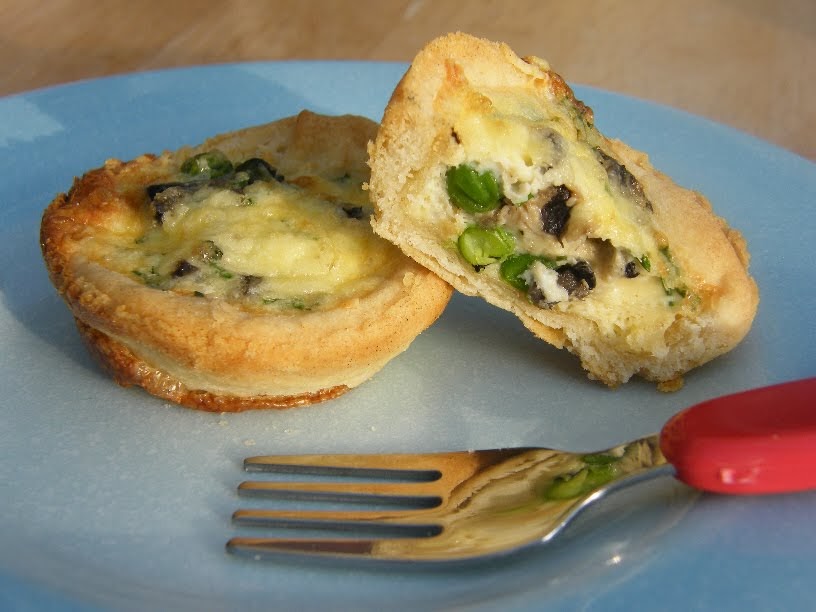
Specialized baby food products are created taking into account age needs. They must be of high quality, have characteristics that meet the requirements of metabolism. Through food, enzymatic processes occur in the body, so it is very important to have all the components necessary for the proper course of a chemical reaction.
What is there?
Baby food products are currently divided into five broad categories. The classification is based on chemical, biological specific qualities. Each of the groups is designed for a certain age of life.
For the youngest children, food designed for six months of age is suitable. The body is still immature, the digestive tract is just developing. Fermentation processes are rather weak, and this imposes serious restrictions on the possibility of eating a variety of foods. Usually, until the age of six months, the child mainly feeds on mother's milk, which contains all the important substances that the baby needs.
Growing up and growing up
A much wider choice of products of the second category, that is, intended for children under the age of one, but already older than six months.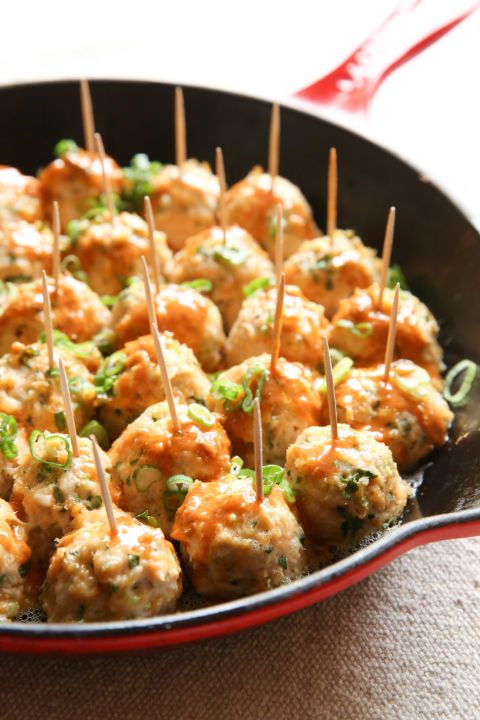 The production of baby food products of this class is based on knowledge about plastic nutrition, energy metabolic processes occurring in the body.
The production of baby food products of this class is based on knowledge about plastic nutrition, energy metabolic processes occurring in the body.
The most important for the child during this period are milk and products made on its basis, diluted with proteins, starch, iron, vitamins, minerals. Protein comes from meat, and grains provide energy in the form of starch. To provide body tissues with iron, the menu includes liver, oatmeal, egg yolks. Vitamin complexes, mineral children receive from fruits and vegetables.
Third group
These baby food products are intended for children over one year of age, but under three years of age. At this time, the body is actively developing, which obliges parents to provide an influx of all important components through food. Biochemical processes are active, physical systems develop and mature. In many ways, the functions of the body at this age become what they will remain for life. The child has a reduced need for protein structures; you need slightly less vitamins that supply energy to the components (calculations are made per kilogram of mass).
During this period, a wide variety of baby foods are allowed, their list is much wider than the options listed above. For the proper development of the body, it is necessary to provide the main food categories (almost without exceptions). It is important to take into account the peculiarities of a young age: this affects the requirements for cooking. For baby food, special ratios of different components are recommended, which are not typical for the adult population. The emphasis is still on milk and products made from it. Children need bread, cereals, mashed potatoes, fish, meat, vegetables, fruits, natural juices. In order for food to be adequately absorbed, it is necessary to carefully grind the components.
The child is growing
You can find out what a child older than three years old, but younger than six years old, should eat from the food norms in kindergarten. Of course, it is not necessary to adhere to them at home, but parents should understand: such rules have been developed by specialists taking into account children's characteristics and needs, so it will definitely not be superfluous to navigate them.
Normally, a healthy child of 3-6 years of age easily absorbs almost all baby foods (not only natural, but also canned food). The most useful are considered to be combined, including components of mineral origin, protein structures. This is more important for those who visit the kindergarten. Sweets, bread, cereals are recommended. You should prefer rich in vitamins, amino acids, specialized dishes designed specifically for kids. Of the vitamins, the most significant are those belonging to group B.
Let's go to school
During this period, children's food should be extremely diverse, and the menu should be rich in order to satisfy all the needs of a growing organism. Normally, every day a child should consume up to half a liter of milk and products based on it. Salads, soups should be eaten with sour cream, and fresh butter is recommended without special processing. Fish, meat, chicken eggs, vegetables and fruits should be included in the diet. Vegetable oil is recommended for dressing vegetables.
The list of children's food for school age includes bread products. Rye varieties and products enriched with useful components deserve special attention. Cereals will not be superfluous. For normal development and growth, a child needs berries, vegetables, unclarified juices containing pulp, pectin.
The right approach is the basis of success
At present, our state has special standards - "SanPin" for food for kindergarten. This is due to the need at the state level to develop a culture of nutrition for young citizens in order to ensure a healthy future for the nation. The right combination, the presence of nutritional components is not just a guarantee of the health of one particular child, but of the entire generation. It is the responsibility of adults to provide the kids with products, regulate the rhythm and instill the right food culture.
Difficulties associated with the control of the production of food for children and its sale are due to the high requirements of the current regulatory documentation.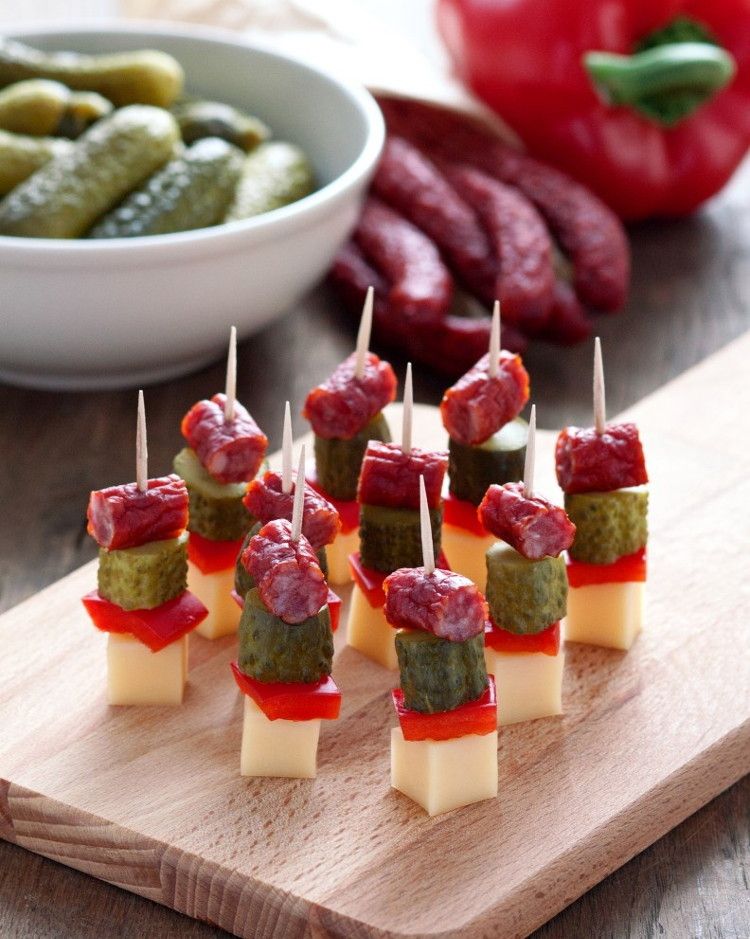 Characteristics are normalized by specialized acts so that the diet intended for children, other things being equal, can satisfy all the needs of the body. At the same time, it is unacceptable for products prohibited in baby food to be included in the menu, since their use is associated with a potential danger to the health and even life of the child.
Characteristics are normalized by specialized acts so that the diet intended for children, other things being equal, can satisfy all the needs of the body. At the same time, it is unacceptable for products prohibited in baby food to be included in the menu, since their use is associated with a potential danger to the health and even life of the child.
Some features
Infant formula does not currently need to be specifically certified. Other products intended for children are not subject to such an operation. The manufacturer must declare his product, officially confirm that it meets the standards. From the point of view of the law, a declaration is equivalent to a certificate.
Until relatively recently (until the summer of 2013), the country had a registration system in accordance with GOST. The old rules declared that mixtures should be safe. This fact was established by reconciliation with the standards adopted at the federal level. In 2013, new regulations were legalized, which included some items regarding children's nutrition.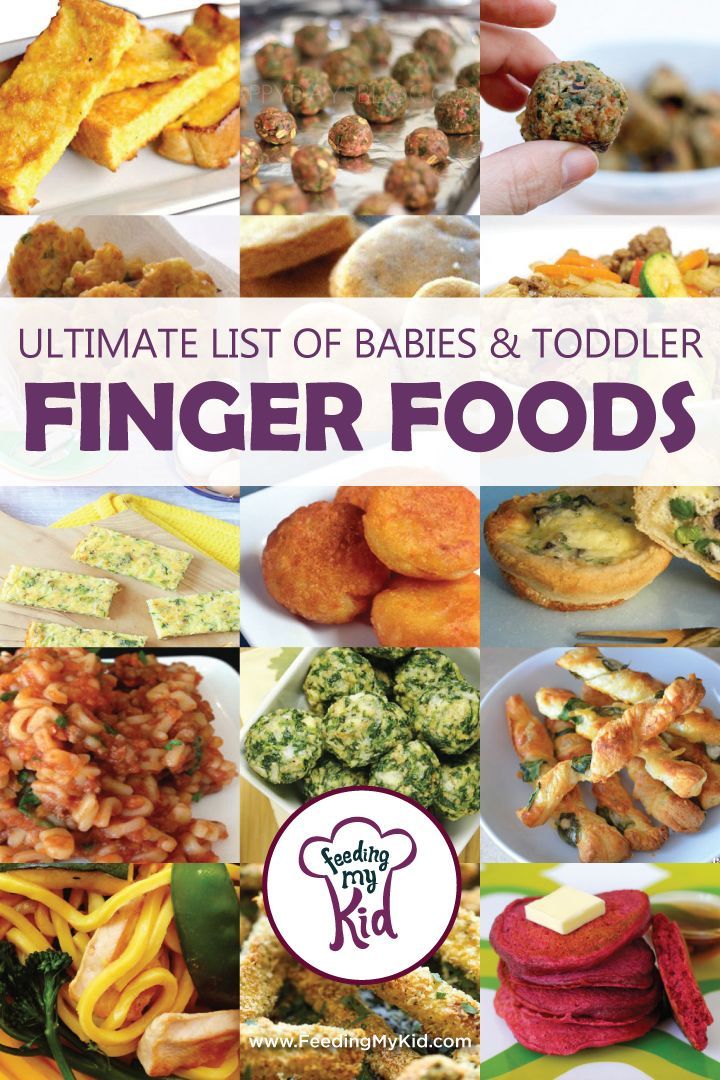
A thorough study of the topic
Aspects of the safety of products used by humans for food are traditionally of concern to a wide range of people, because their state of health depends on it. When it comes to children, this nuance seems even more important. It was on the basis of such a public attitude that laws, regulations and rules were adopted to regulate this topic. In addition, the situation became the reason for the organization of a special study. This was dedicated to the peculiarities of baby food and carried out by a specialized large agency.
The results of the public opinion survey are rather curious. The event was held with the condition of anonymity, so that all participants could express their position without fear, and answer sincerely. For this reason, the data obtained are evaluated as reliable. As part of the survey, public opinion was examined regarding the current legal system for regulating the observance of the quality of food for children. All respondents agreed that the topic is really important, as it determines the future of the state.
All respondents agreed that the topic is really important, as it determines the future of the state.
The public believes that…
As the analysis of the collected information has shown, many ordinary people are firmly convinced that the full development of the child occurs when specialized products are included in the menu. It is necessary to add to the diet components enriched with minerals and vitamins, microscopic vital elements, which are insufficiently concentrated with mother's breast milk even at the most tender age. If a few decades ago this topic was of concern only to specialists, nutritionists, now the general public is concerned about it.
Special nutrition helps to make up for the lack of essential substances. Gradually, a wider variety of dishes are included in the diet, the possibilities of products are expanded, and the menu is supplemented with juices. This makes it easier for the baby to transition from mother's milk to more commonly available food.
What to look for
According to public polls, almost 40% of all citizens, when choosing baby food, study the composition for enrichment with useful substances. About a quarter of all those who wished to share their opinion noted that for them the main reason for choosing was the absence of harmful compounds and preservative components. A few percent more inhabitants prefer to buy only products of responsible production, and pay special attention to the cost. Only one tenth of our fellow citizens is ready to purchase foreign food, arguing their position with the increased quality requirements practiced in other powers.
The current legislation of our state establishes general requirements for the quality, specifics of the production of baby food, so you should not so recklessly assure yourself that only imported goods can be worthy in terms of their level. The legal documents that are currently in force regulate: all baby food must satisfy the peculiarities of the digestive system at a given age. Only then will the babies grow and develop normally. It is difficult to overestimate the importance of such normative acts - they legislate the conditions for the future of the state.
Only then will the babies grow and develop normally. It is difficult to overestimate the importance of such normative acts - they legislate the conditions for the future of the state.
Everything is justified
In order for food products to meet the needs of the child's body, they must contain a number of specialized components aimed at activating metabolic processes, stimulating immunity and growth, development of tissues and organs. Additionally, they include substances that help the baby's underdeveloped immune system to resist infectious agents, inflammatory processes.
In order for baby food to be of really high quality and effective, it must contain iodine and selenium. Be sure to include vital minerals: manganese and zinc. Significant for children is copper, which enters through the digestive system in adequate quantities. The specific concentrations of these substances needed by the baby are determined by age and individual characteristics. It is for this reason that on sale you can see special positions for one-year-old babies, while others are intended for three-year-olds and older.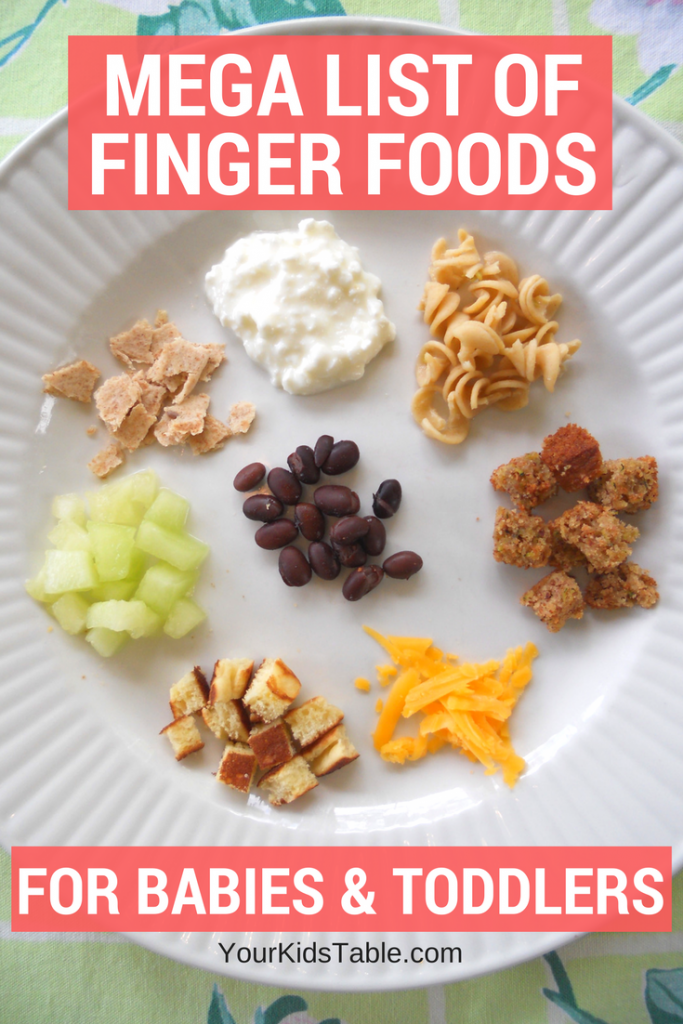
The best for children
Any modern father, any mother is interested in that their child receives only the best. This applies to all aspects of development: educational games, sports sections, proper nutrition. Recently, the principles of healthy eating have been widely known and actively promoted, and up to half of all citizens already follow them, noting that the price is the least significant factor, while only the benefits of the product and its good taste are really important. Many consumers, based on this reasoning, prefer to buy exclusively from large, well-established brands.
Union of Pediatricians of Russia
Nutrition for children aged 1 to 3 years
The period from 1 to 3 years of life is a crucial stage in the transition to an adult type of nutrition, which has certain features. In order to ensure that all the necessary nutrients enter the child's body and at the same time prevent an excess of individual nutrients, nutrition should be balanced and varied.
The daily amount of food for children aged 1 to 1.5 years should be 1000-1200 g, from 1.5 to 3 years - 1200-1500, the amount of food in one feeding should not exceed 300-350 ml. The diet consists of three main meals per day and two snacks. It is considered optimal when breakfast is 25% of the total energy density of the diet, lunch is 30–35%, dinner is 20%, and additional meals are about 10%. In general, the child can eat the same food as the rest of the family.
In the diet of a child of 1-3 years of age , must be present daily: meat of animals or poultry, dairy and sour-milk products, vegetables, fruits, bread, cereals, vegetable and butter; fish and eggs are included in the diet 2-3 times a week.
Cereal products: bread - 2-3 servings per day, cereals and side dishes - 1 time per day
Fruit and/or vegetables: at least 5 times a day
Dairy products: at least 3 servings per day (including those used to make cereals, yoghurts, fermented milk drinks, cottage cheese, infant formula or breast milk).
Domestic pediatricians recommend, when compiling a diet for children aged 1–3 years, preference should be given to specialized children's dairy products of industrial production that meet high quality requirements and safety indicators for this age. Most children's dairy products are additionally enriched with vitamins and/or minerals and other biologically active components, taking into account the physiological needs of children of this age. At the same time, in foreign recommendations, children over 1 year old are offered the gradual introduction of whole cow's milk, which is rich in fats necessary for proper growth and development, the absorption of vitamins A and D, the development of the child's brain and nervous system.
Meat dishes: 2-3 times a day
Fish dishes: 2-3 servings per week
Eggs: 2-3 per week
Dietary fats: 3-4 teaspoons of butter and/or vegetable oil oils per day
When cooking, use the minimum amount of salt and sugar, and do not add them to industrial products.




